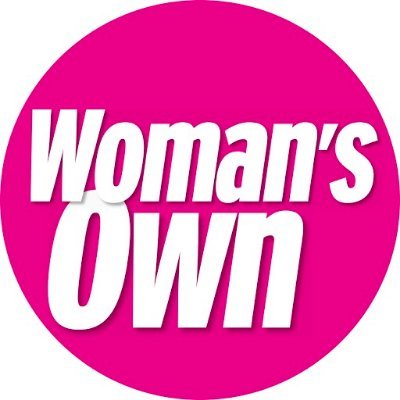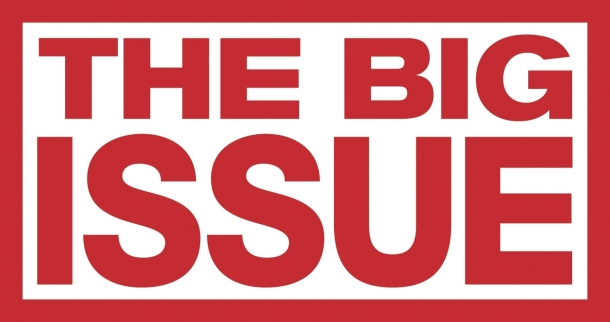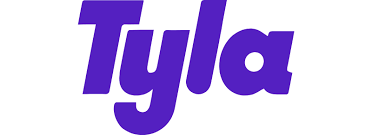
Comedians have their catchphrases.
Brands end advertisements with the tagline for the product.
I do the same. One of my favourite catchphrases that I find myself repeating whenever I work with clients is:
“Do your thinking once”
This comes up in a couple of scenarios.
When I first meet with my clients, many of them want to jump straight into “I need to get my CV sorted”. Hold up there! Let’s
“slow down to speed up”
(that’s another one for you). Before you start to put pen to paper or fingers to keyboard, you need to first figure out what it is you want to do. That’s why I begin with a values exercise, where you figure out what your personal values are. Few people have actually sat down to think about what is really important to them at this stage in their life.
Once you have uncovered your own personal values, we think about how do those match with the values of an organisation? What type of industry do you want to be in? What type of location do you want to work at? Do you want to be fully remote? Do you want to be in the office? How long do you want the commute to take you?
Many of the people whom I work with are sent my way by their HR director as their role has become redundant and they are leaving the business. They have not been in the job market for a long time and when I ask them about their achievements and the things they’ve done as part of their job, a common response is “I was just doing my job”.
So what were you getting paid to do every every month? This is where do your thinking once comes into it’s own. When you are thinking about your achievements, sit down and go through everything that you’ve done in your career and articulate that into what I call a STAR story. Situation, Task, Action, Result.
The simplest way to explain it (and I’m by no means a neurologist!), is all of these examples are hidden away in the back of your brain. Then you find yourself in an interview thinking “What did I do again? And then we did this and then we did that and and I can’t quite remember the figures because I haven’t really thought about it”.
Hit that pause button and do the work. Get all of your examples out of the back of your brain and into your front into the front of the brain (I always think doing this old skool stylee with pen and paper is the way to go, and is exactly what I did when I was in the job market).
You can then transfer this to a spreadsheet/google sheet/word document/Evernote so you can access it anytime, any place, anywhere.
So why do I say “do your thinking once?”.
Before you start thinking about the types of jobs that you want to do or the type of organisation you want to work for, do the work on your values, figure out what’s really important to you. Then think about your achievements, these will indicate what you’re good at, they’ll tell you what your strengths are.
Think about how it felt to deliver that piece of work. Did you enjoy that work? Were you completely in flow? And looking back, this is exactly the type of work that you would like to do again. I want to be in that space where I’m working with these type of people. I’m doing these tasks and I’m having these kind of conversations every day.
Other times you may have had great success in a certain field, but hated every minute of working on that project.
This is where doing this thinking (once!) can really help.
When you have all of your STAR stories out of your head into your software (or notebook) of choice, you can use this 3 times over:
- It’s your interview prep. Whenever you’re prepping for an interview, you pull out your spreadsheet and there is a complete list of all of your career achievements.
- It helps you to put your CV together. Take the STAR story and formulate that into one sentence which begins with a verb (a doing word!), reduce, improve, grow, increase, save. For example, “Implemented hybrid working, that increased productivity by x”. Always start with a verb, followed by what it was you did and then the result, with a number attached.
- It will help you to network more effectively. If you meet someone at a networking event or have a meeting with a recruiter, you can use some of your examples in this scenario.
Imagine a funnel, start at the widest part of the filter, put all your information in at the top, then filter the information down into a statement.
In summary, doing your thinking once gets all of your achievements, out of your head and onto a piece of paper – this then helps you to formulate your CV, becomes your interview prep and you have all of your examples to hand, which you can use when you are meeting recruiters or networking.
If you need some help to get your thoughts and ideas out of your head and into some form of structure and you think that I can help, please contact me on here and let’s see if we are a good fit.










